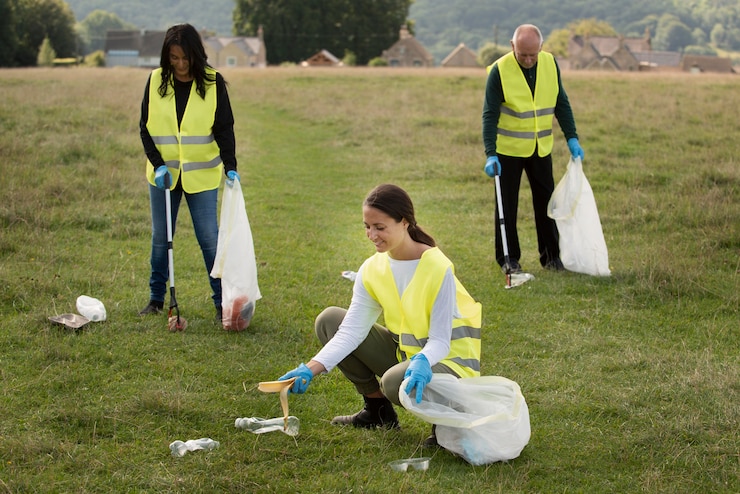
Cleaning After Natural Disasters: A Comprehensive Guide
Natural disasters, be it floods, storms, wildfires, or earthquakes, leave behind a trail of devastation that’s both physical and emotional. Once the immediate danger has passed, communities face the daunting task of cleaning up and rebuilding. Cleaning after such calamities is not just about restoring aesthetics; it’s about ensuring safety, preventing further damage, and setting the stage for recovery. This guide delves into the challenges and best practices involved in cleaning up after various natural disasters.
Understanding the Challenges
Natural disasters present unique cleaning challenges:
- Contaminated Water: Floodwaters often carry sewage, chemicals, and other hazardous materials, making cleanup risky.
- Hidden Damage: Disasters can cause structural damage that’s not immediately visible, such as water damage within walls or foundation cracks.
- Mold and Mildew: Damp environments post-disasters are breeding grounds for mold and mildew, which can pose health risks.
- Emotional Trauma: Cleaning up after a disaster can be emotionally taxing, as individuals sift through damaged personal belongings and memories.
Cleaning After Floods
- Safety First: Always ensure the structural integrity of the building before entering. Wear protective gear, including gloves, masks, and waterproof boots.
- Water Removal: Use pumps or vacuums to remove standing water. Dehumidifiers can help reduce moisture in the air.
- Disinfection: Floodwaters can be contaminated. Clean all affected surfaces with a disinfectant to kill bacteria and other pathogens.
- Mold Prevention: Mold can develop within 24-48 hours in a damp environment. Remove wet items, use fans to circulate air, and consider using mold inhibitors.
- Document Damage: For insurance purposes, take photos of the damage and keep receipts of any repair and cleaning costs.

Cleaning After Storms
- Clear Debris: Begin by removing fallen branches, broken glass, and other debris. Ensure you wear gloves and protective clothing.
- Check for Structural Damage: Storms can damage roofs, windows, and walls. Inspect your property and consider consulting a professional.
- Dry Out: If water has entered the property, use fans and dehumidifiers to dry out spaces.
- Salvage What You Can: While some items might be beyond repair, others can be cleaned and restored. Prioritize essential documents, photographs, and valuable items.
Cleaning After Wildfires
- Wait for Clearance: Only return to your property when authorities say it’s safe. There might be hidden dangers like hot spots.
- Wear Protection: Ash from wildfires can be harmful. Wear masks, gloves, and long-sleeved clothing during cleanup.
- Air Out: Before cleaning inside, open windows and doors to ventilate the space.
- Clean Surfaces: Use a damp cloth to wipe down surfaces. Avoid using leaf blowers or sweeping, as this can make ash airborne.
- HEPA Vacuum: Regular vacuums can blow fine ash back into the air. Use a vacuum with a HEPA filter to clean floors and upholstery.
General Best Practices
- Seek Professional Help: After major disasters, consider consulting professionals who have experience in disaster cleanup. They can ensure a thorough and safe cleaning process.
- Mental Health: Cleaning up after a disaster can be traumatic. Seek emotional support from community groups, counselors, or loved ones.
- Stay Informed: Listen to local news or authorities for updates on safety, drinking water advisories, and other essential information.
Conclusion:
Cleaning up after a natural disaster is a monumental task that requires a combination of caution, knowledge, and resilience. While the physical act of cleaning is crucial, it’s equally important to attend to the emotional and psychological well-being of those affected. With the right approach, communities can not only clean up but also rebuild, recover, and thrive in the aftermath of nature’s fury.


